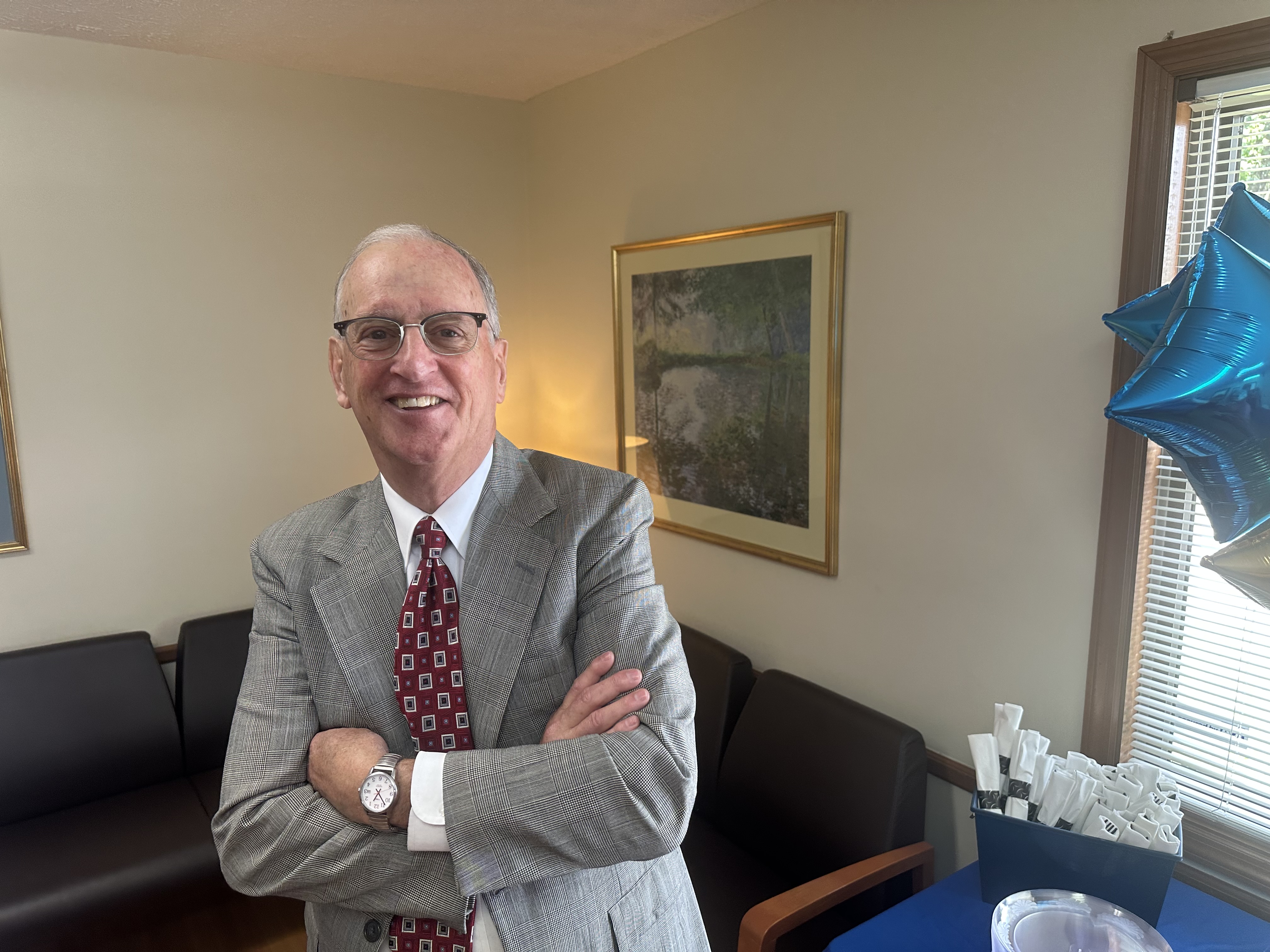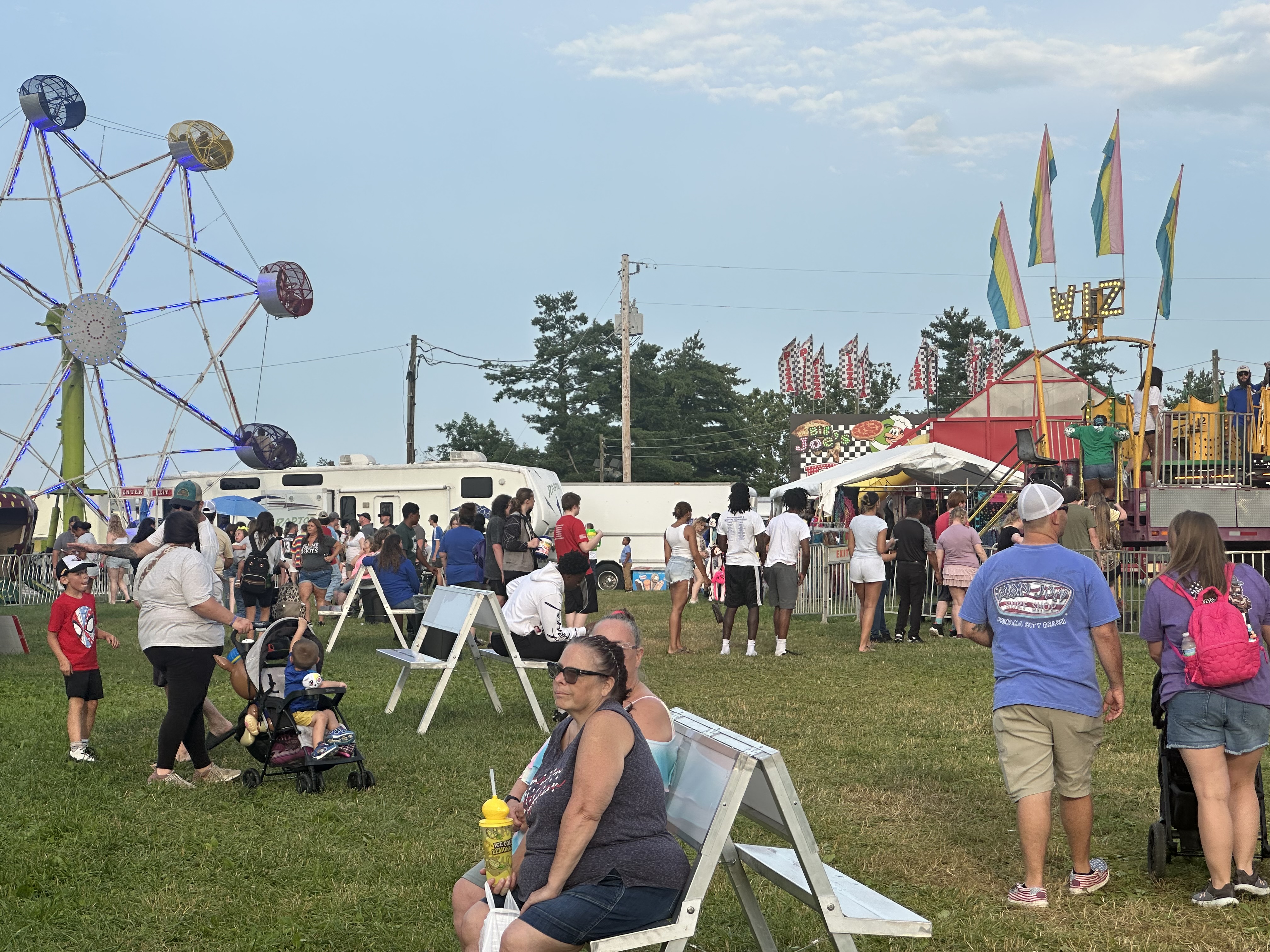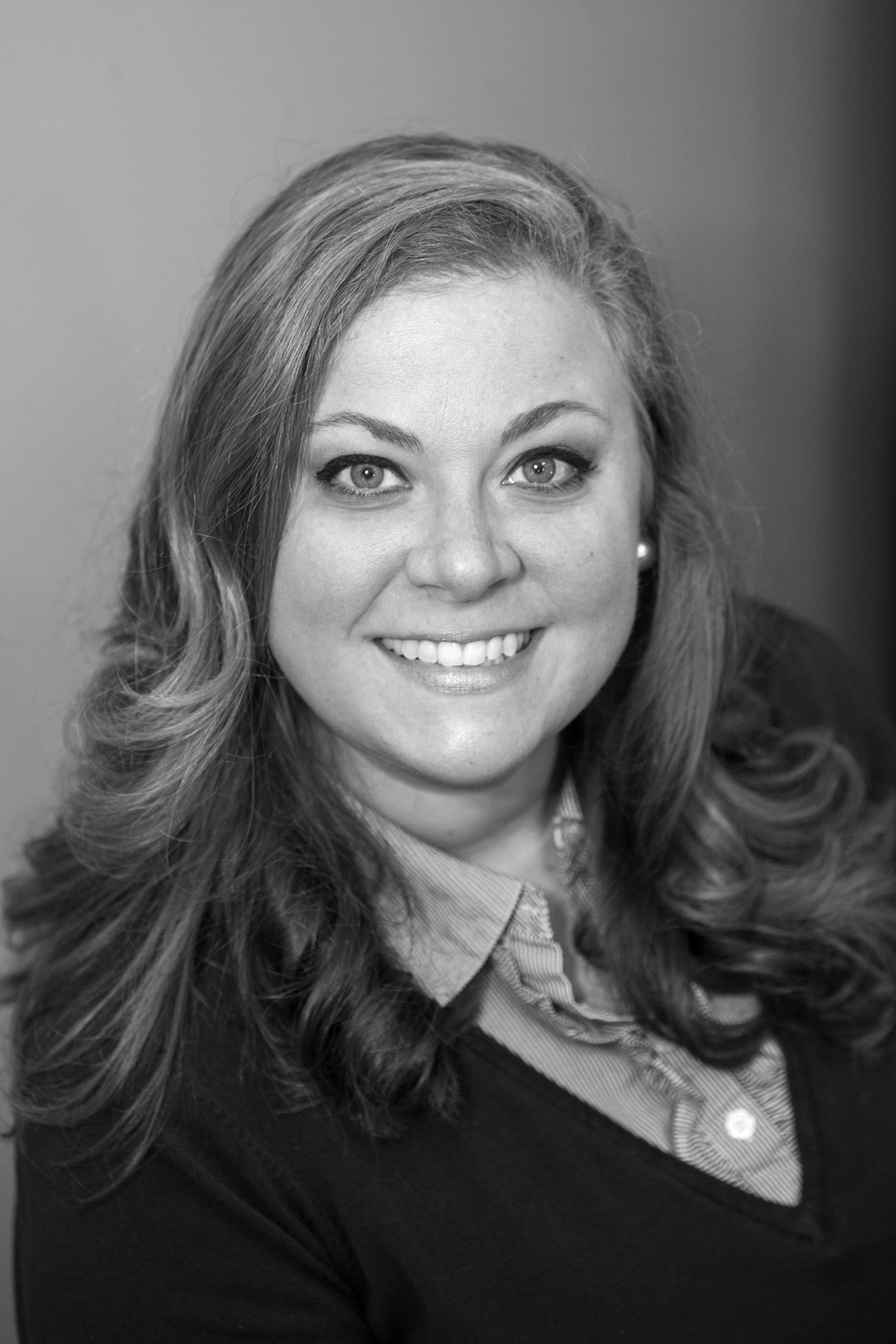I Was Here street museum seeks to heal wounds, evoke pride
Published 11:00 am Tuesday, March 19, 2019

- Artist Marjorie Guyon talks about the image on the window of the mayor's office as part of the "I Was Here" project. The image also features a prayer written by Barry Darnell Burton. (Photo by Lashana Harney)
In a society filled with negative racial stereotypes, Joyce Morton said she finally saw a representation of herself among the “I Was Here” images hanging in downtown windows.
“I saw me,” Morton told the crowd that sat together in the Leeds Center for the Arts auditorium Saturday morning following Saturday’s “I Was Here” on-the-street museum walk.
Morton said the black — or as Pastor Marvin King said “beautiful” — men, women and children represented in the images evoked strength, pride even. It showed positivity and humanity, an image often lacking in mainstream media, she said.
Morton was one of several Clark Countians to participate in the first-ever outdoor museum in downtown Winchester Saturday.
“I Was Here” is an artistic collaboration between poet Nikky Finney, artist Marjorie Guyon and photographer Patrick J. Mitchell.
Clark County resident and supporter of the project Syndy Deese helped the artists bring the project to Winchester.
The public art exhibit, composed of more than 20 Ancestor Spirit Portraits, seeks to bridge divides of race, class and culture.
The Greater Clark Foundation, Clark County Community Foundation and Wells Fargo provided funding for the public art project.
The project debuted in October in Lexington’s Cheapside Park, which was once one of the largest slave auction sites in the country.
Winchester is the first community to welcome the traveling exhibit of the Ancestor Spirit Portraits.
Participants in Saturday’s event walked the streets as Guyon talked about the images and then gathered at Leeds for a community conversation, led by King and Mary T. Yeiser of Better Together Winchester.
Yeiser asked the crowd to talk about the “wounds” they see in the community.
Clark County resident James Robinson spoke about the origin of Little League, and how it started in the black community. The youth would play games at Harmon Park.
As the league grew over the years, leadership changed over, games moved to Lykins Parks, further removing the league from its roots and inadvertently ostracizing the black community in the process.
Yeiser asked Robinson if he considered that to be a wound.
“Yes,” he said. “I think so.”
Morton talked about “driving while black,” saying local police had stopped all of her children at one point or another. She told the story of a relative who was stopped on Main Street at about 9-years-old for riding a bicycle. The officer came to the house to ask if the bike had been stolen, Morton said her family told the officer the bike had been given to them.
Morton said she carries those wounds to this day.
“How can we heal from that?” she told the crowd Saturday.
The artists are planning a second phase of the project for later in the year, which Guyon said she hopes can help with healing and uniting the community.
According to a news release, the artists will work with Clark County residents and utilize iconic locations throughout the community to create a true “identity of place” that bridges the divides of race, economic status and geography, creating “a memorial to those who were sold into slavery and in doing so, to seek a path beyond who we were and move toward a vision of who we could be.”







